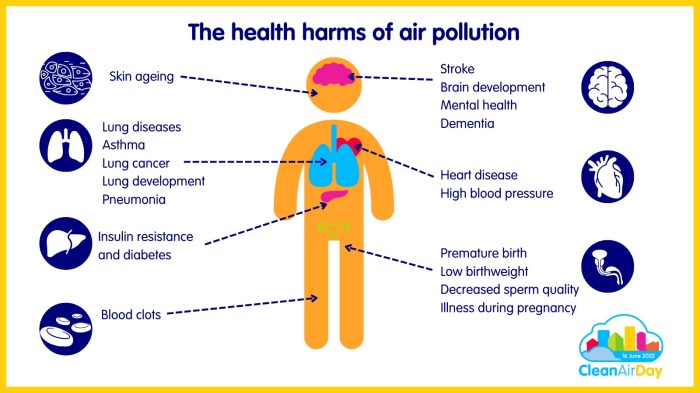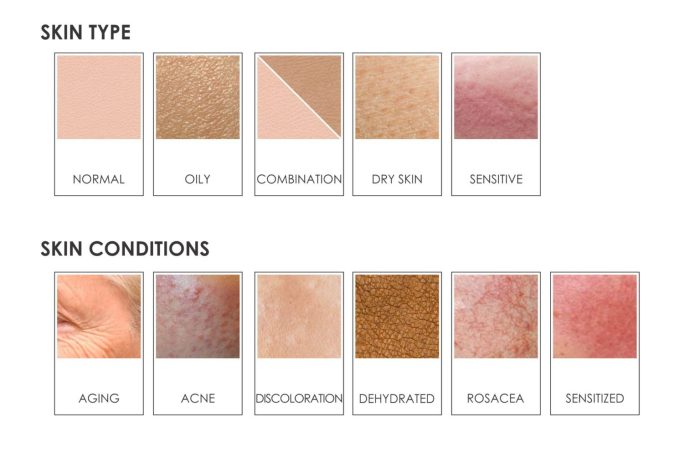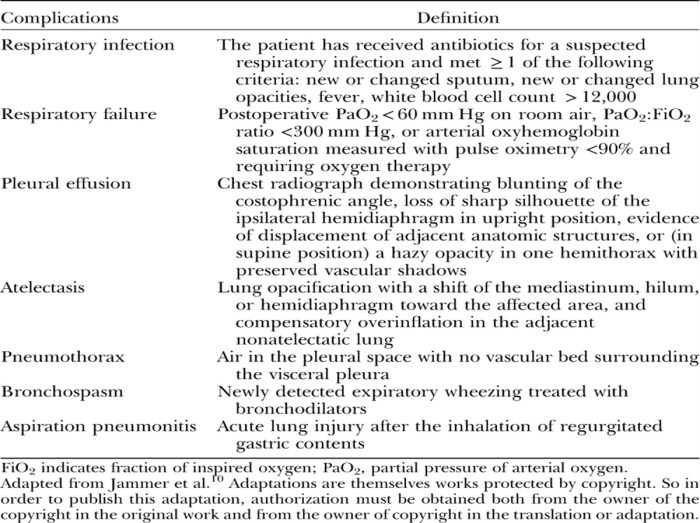Estheticians risk respiratory damage when using certain skincare treatments, highlighting the importance of understanding the potential hazards and implementing effective protective measures. This article explores the occupational risks faced by estheticians, the respiratory health effects of exposure to irritants, and strategies for minimizing these risks.
Exposure to respiratory irritants, such as chemicals and fumes, can lead to short-term and long-term health consequences for estheticians. Understanding the symptoms associated with respiratory irritation and damage is crucial for early detection and prevention.
Occupational Risks for Estheticians

Estheticians face potential respiratory hazards due to exposure to various chemicals and substances used in skincare treatments. These include:
Common Respiratory Irritants, Estheticians risk respiratory damage when using
- Formaldehyde: Found in nail polish and hair treatments
- Toluene: Present in nail polish and glue
- Methyl methacrylate: Used in artificial nails
- Acrylates: Found in acrylic nails and adhesives
- Dust and fumes: Generated from nail filing and waxing
Respiratory Health Effects

Short-Term Effects
- Eye, nose, and throat irritation
- Coughing and sneezing
- Headaches and dizziness
- Skin rashes
Long-Term Effects
- Chronic respiratory problems, such as asthma and bronchitis
- Increased risk of lung cancer
- Damage to the immune system
Protective Measures: Estheticians Risk Respiratory Damage When Using

Ventilation
Ensure adequate ventilation in treatment areas to reduce the concentration of airborne irritants.
Personal Protective Equipment (PPE)
Use appropriate PPE to minimize exposure to respiratory hazards:
| Procedure | Recommended PPE |
|---|---|
| Nail services | N95 respirator, gloves, eye protection |
| Waxing | N95 respirator, gloves, eye protection |
| Skincare treatments | Gloves, eye protection, disposable gowns |
Industry Regulations and Standards
Industry regulations aim to protect estheticians from respiratory damage, such as:
- OSHA’s Permissible Exposure Limits (PELs)
- NIOSH’s Recommended Exposure Limits (RELs)
Gaps exist in regulations and enforcement, requiring continuous monitoring and improvement.
Best Practices for Compliance
- Follow manufacturer’s instructions for products and equipment.
- Use PPE consistently and properly.
- Report any respiratory symptoms to supervisors.
Education and Awareness

Educating estheticians about respiratory risks is crucial for their health and safety.
Training should cover:
| Topic | Content |
|---|---|
| Respiratory hazards in skincare | Identification and risks of common irritants |
| Protective measures | Ventilation, PPE, work practices |
| Health effects | Short-term and long-term consequences of respiratory damage |
| Industry regulations | PELs, RELs, best practices |
Frequently Asked Questions
What are the common respiratory irritants used in skincare treatments?
Common respiratory irritants include formaldehyde, acetone, and phthalates, which are found in nail polishes, hair relaxers, and fragrances.
What are the short-term health effects of respiratory irritation?
Short-term effects include coughing, wheezing, shortness of breath, and eye irritation.
What are the long-term health effects of respiratory damage?
Long-term effects include chronic bronchitis, asthma, and even lung cancer.
What are the recommended personal protective equipment (PPE) for estheticians?
Recommended PPE includes N95 respirators, gloves, and eye protection.